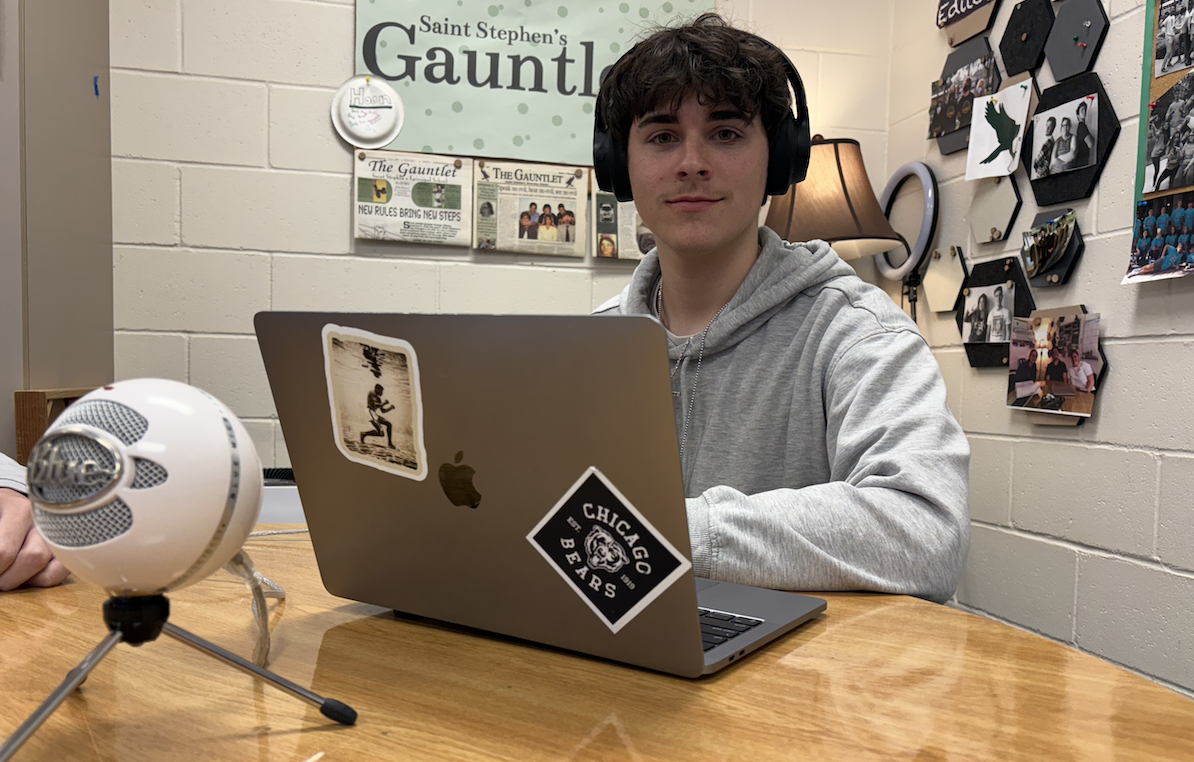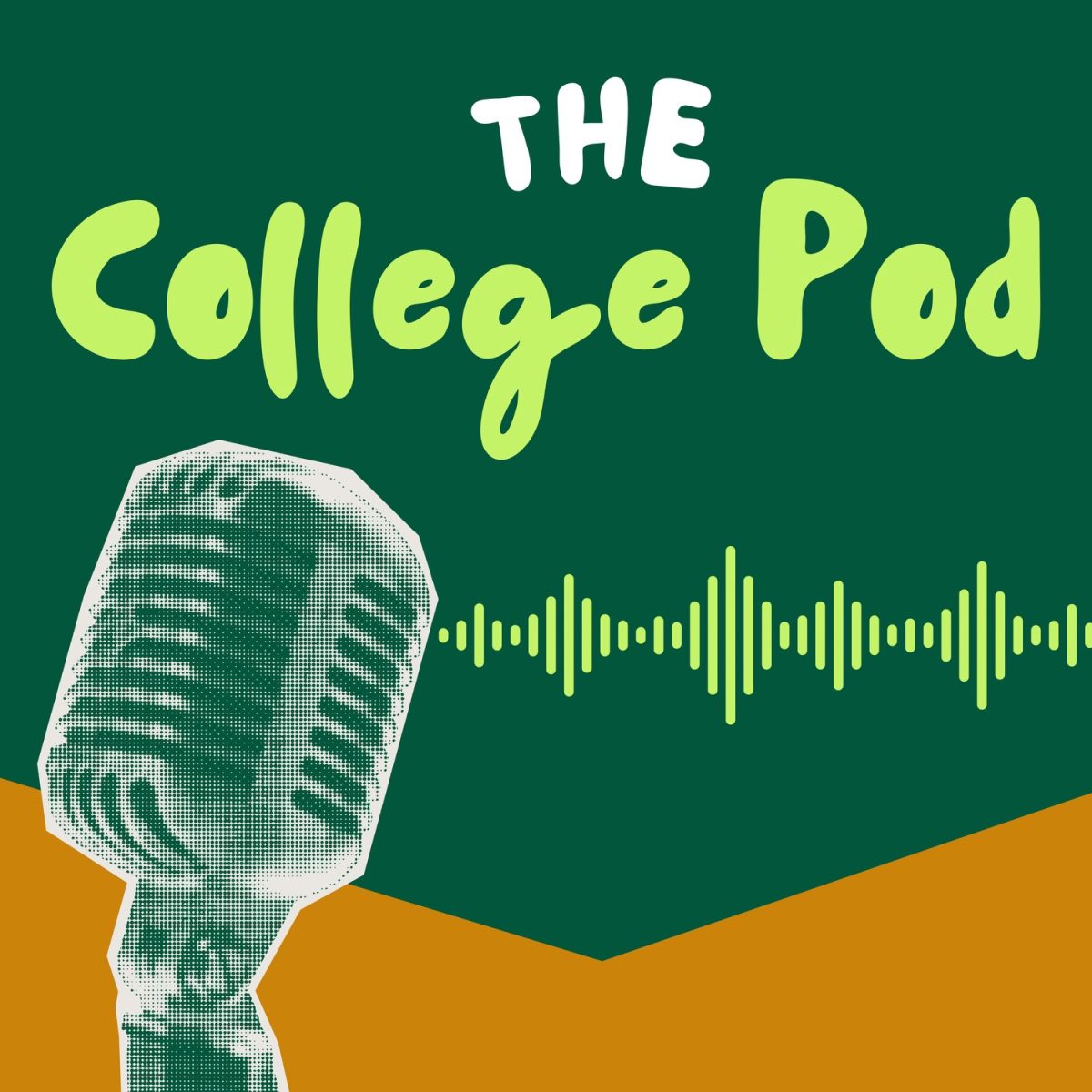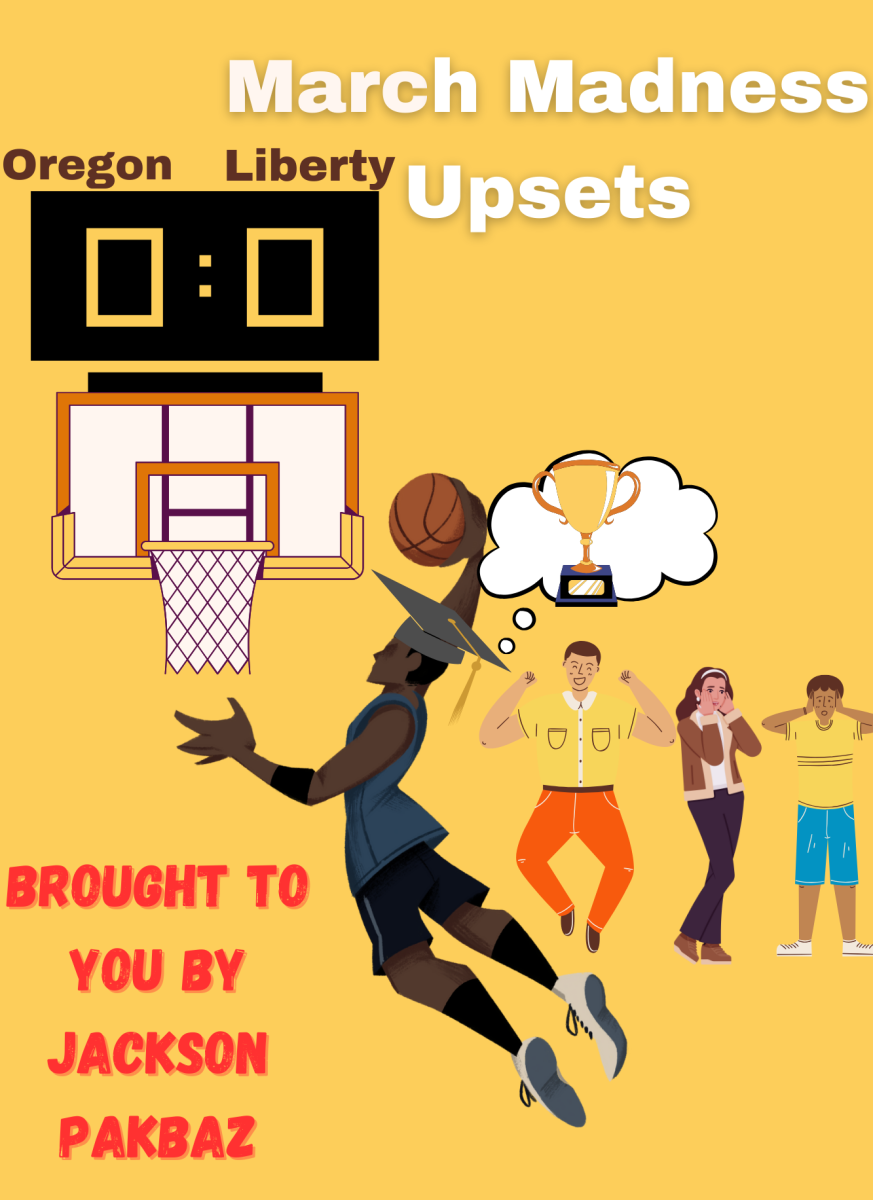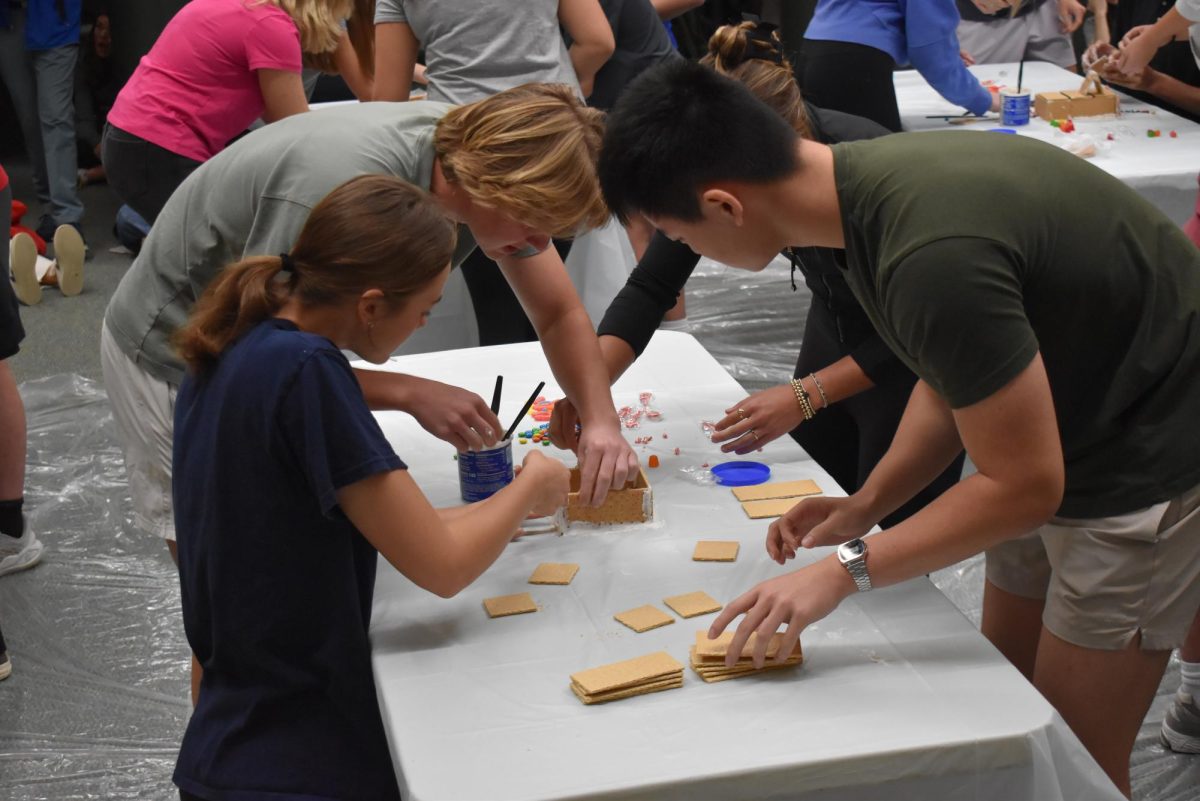Struggling with memorization? Here’s your answer.
We’ve all been there when you sit down to take your Pre-Calc test that you’ve been studying for for weeks but all of the formulas you crammed into your brain have somehow found their way out and all you can focus on is the song stuck in your head on repeat. You try to focus but you simply cannot remember any of the material you’ve learned. This is a common issue High school students may find themselves in at times. Here is not only a background as to why this may occur, but also some tips to prevent it.
This art piece by freshman Sarabeth Wester depicts a girl struggling to think because of music consuming her mind.
January 14, 2021
A situation teens commonly find themselves in is being able to recite 20 Drake songs word for word with ease, yet struggling to memorize important math formulas. Why is this? Why are teens able to memorize thousands of lyrics, but they struggle to remember the quadratic formula, even after doing it countless times?
This struggle to retain school knowledge, but the ability to remember other info like songs with ease, has to do with the way memory is stored and our ability to retrieve that information. To find ways to work smarter and to better school performance, we have to take a deep dive into how memory works.
Memory works, in theory, by the way of a complex method called the“dual-process” first introduced by William James. This theory discusses the two ways, or systems, in which information is stored.
System 1 works in an unconscious manner, allowing a person to recall information without much thought. System 2, on the other hand, is a slower system of memory recall. It works in a more intricate, voluntary manner. Both of these systems, while working in different ways, are crucial to holding on to information for storing and recalling information.
Think about a task you once found to be immensely difficult that you now do with ease (take riding a bike, for example). This is how systems 1 and 2 work together. You begin by using system 2 to slowly create all sorts of new connections in your brain about how to balance, use your muscles, and push the petals. You pay attention to each movement of your body, from how fast to push the pedals forward to how tight you hold your grip. Your mind is carefully analyzing everything that happens.
After some time though, things start to get easier. You no longer pay attention to how much weight to put on each side of your body to get a perfect balance, or how tight you have to squeeze the breaks to slow down. This is when your mind has moved on to system 1. System 1 allows you to pay less attention to the actual action itself and more attention to your surroundings or your thoughts.
This is how memorization typically goes: the more you practice a task, the more of an automatic and unconscious of an act it becomes. But why is this memorization easier done with some things than others? Why do we memorize memes and TikTok videos, but we can’t memorize definitions in our Econ class?
“Memory” works via a three-step process: encoding, storage, and retrieval.
Encoding refers to the process of the information entering your brain. It’s the beginning stages of learning. In the encoding process, there are three basic pathways in which information is taken in: 1. Visual encoding, how something looks, 2. Acoustic encoding, how something sounds, and 3. Semantic encoding, what something means. All of these learning methods are then brought to the second stage of memory: storage.
Storage refers to where the encoded information is kept. This ends up in two places; short-term memory (STM) and long-term memory (LTM). Your STM stores between 5 and 9 pieces of information and it lasts between 15 and 30 seconds. For example, this is long enough to “memorize” a foreign telephone number and then dial it. Your LTM is able to store an indefinite number of things for an indefinite amount of time.
STM primarily stores acoustically encoded information. LTM, on the other, primarily stores semantically encoded information.
The third step of memory is retrieval. Retrieval is the process of accessing stored information, which differs depending on which spot the knowledge is stored.
So if acoustic information is typically stored in your STM, and school work in your LTM, then why is it easier to remember Tyler the Creator’s albums than Newton’s three laws?
Well, this conundrum delves into a nuance of memorization which is the relationship between memory and emotion.
Emotion and memory are strongly connected to each other and the emotion you are experiencing while learning or studying a topic greatly affects the outcome of how well it’s stored in your brain.
In an interview conducted by the Huffington Post with Stephen Rao, Director of Cleveland Clinic’s Schey Center for Cognitive Neuroimaging.
Rao suggests that “We have a lot of information that comes into our brain all the time, so we have to make decisions about what’s important and what’s not.” He continues to explain that when learning something new, there will be some topics that are much “less appealing or stimulating” to the brain than others.
Conversely, “The more attractive something is to our attention, the more likely we are to remember it,” Rao said. The more interested we are in a subject, the more of an effortless process it is to memorize it.
This is the deal with songs, especially songs from our past.
While listening to songs, especially those that evoke a strong emotion, it is hypothesized that it is activating the medial prefrontal cortex (mPFC).
There are many hypotheses surrounding the function of the mPFC, but some suggest that it is in charge of keeping and retrieving our LTM. This would relate to the connection between feeling a nostalgic feeling when listening to songs from our past.
This intense emotion, along with the connection to our past because of our mPFC, the songs get ingrained into our brains.
Our brains also require repetition. Repetition directly correlates and aids our memorization of music because as we listen to songs over and over, they get more and more “stuck” in our brain.
Music also goes back to the “attractiveness” of a subject. Songs are such a positive stimulus, whereas studying for school work is viewed as more of a chore, making it a much less “attractive” task.
So, what’s the big deal? What can a person take away from knowing any of this, anyway? Well, when studying for any subject matter, one thing you might consider is going into it with a positive attitude.
Try to think of subjects as fun and meaningful, and perhaps you can do this by connecting it with a bigger picture idea.
To try and make a subject matter more appealing, try to connect with others while doing it. Study groups are a great way to not only make studying more efficient by having other people to help and work things out with, but it’s also a great way to make learning more fun.
Beyond this, there are other ways to improve your memory retention when studying.
Try this: close your eyes and picture a safe and comfortable place. Think about what noises you hear, the things you can see, feel, touch, and even smell. Try and picture everything in great detail. What did you see? Was it a quiet library with books all around and a quiet atmosphere? Was it at home on your couch with your cat laying next to you with jazz music playing? (Here is a great studying playlist btw.) Whatever it may be, try and emulate that atmosphere at your house whenever you study.
I would also recommend keeping this area exclusively for doing work. This is so whenever you step foot into your “study area” you’ll be reminded to focus.
If none of that seems manageable, try and think of the positive reasons as to why you’re studying- getting a good grade or going to your dream college- rather than the negatives. Lastly, if you find songs to be a good way of memorizing, try and make the material you’re studying into a song. An example of this… which I hope no one reading this article needs help memorizing… is the 50 states song.




























































